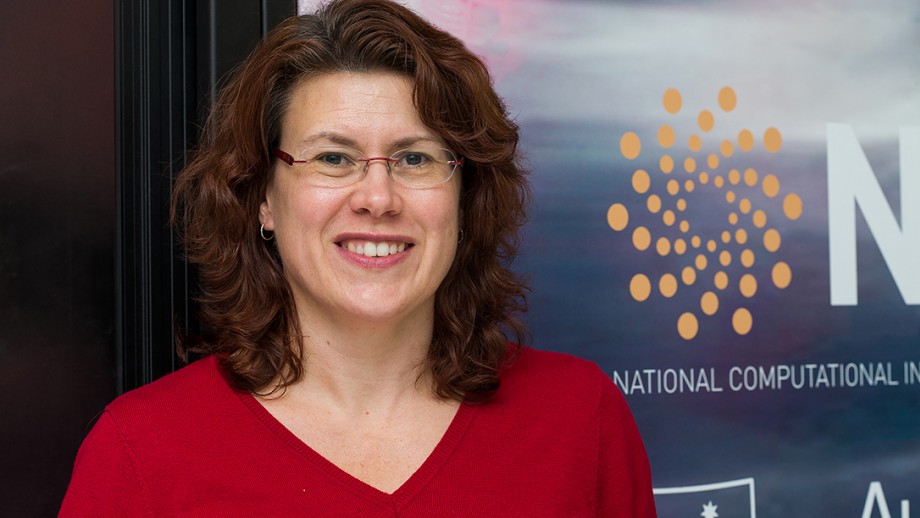ANU Spaces- Megan O'Mara

Meet Dr Megan O'Mara, who is the Rita Cornforth Fellow at the Research School of Chemistry.
Megan, what do you do at ANU?
I'm a computational chemist or computational biophysicist. What I do is computer simulations of proteins using Raijin, the supercomputer housed at ANU, to see how they move and do different things.
This year I moved from Brisbane after being awarded the Rita Cornforth Fellowship. The fellowship is for five years and I am also a senior lecturer in chemistry.
My fellowship is named after Rita Cornforth, Australia's preeminent female chemist. The fellowship was advertised internationally with the aim to attract high performing female chemists. I feel lucky to be a recipient of a gender equity fellowship in memory of such an amazing woman.
What is your favourite spot on campus? You like it because?
I like anywhere near Sullivan's Creek on a sunny day. It's nice to walk around and get some fresh air. Being a computational person it is easy to sit too long in the office.
If you were free for an afternoon, you would.....
At this time of year I would go for a swim or bike ride near the lake. I do masters swimming a couple times a week which was easier in Brisbane than in Canberra. Growing up I'd swum competitively and then started adult squad swimming four years ago and thought I'd join the Molonglo Water Dragons based at the Civic Pool when I moved to Canberra.
Tell us a bit about your research.
Looking at computer simulations of proteins is a cool area of research. The Nobel Prize in 2013 was awarded to computational chemistry in particular the kind of simulations that I am doing which is called molecular dynamic simulations.
These are used to try and look at the underlying physical and chemical properties of molecules and how they function in the body.
I look at a class of proteins called multidrug transporters and they are really important if you're given chemotherapy.
You are given a whole lot of drugs that are toxic to the cancer but also to toxic to you.
The multidrug transporters in your cell membranes ship out the chemotherapy and that leads to chemotherapy resistance in cancer.
What we are trying to do is work out how the multidrug transporters bind and transport drugs in order to overcome chemotherapy resistance to help people live longer lives.
Why did you choose your field of study?
I did a biochemistry undergrad and went on to work in pathology labs. I got bored and went back and did a physics undergraduate degree at ANU.
During my physics degree I took a biophysics unit which was really cool because it united chemistry, biology and physics and looked at underlying diseases. This really inspired me to do a PhD in biophysics.
Computational work is a really exciting field. When I was doing my PhD it was new area that was just coming to the forefront of science.
Why would you encourage more women to enter the field of chemistry?
There are not many women in my department, and I would encourage anyone to consider a career in chemistry.
To get started in computation you need to have a good background in physical chemistry and from there you can pick up the biology you need.
